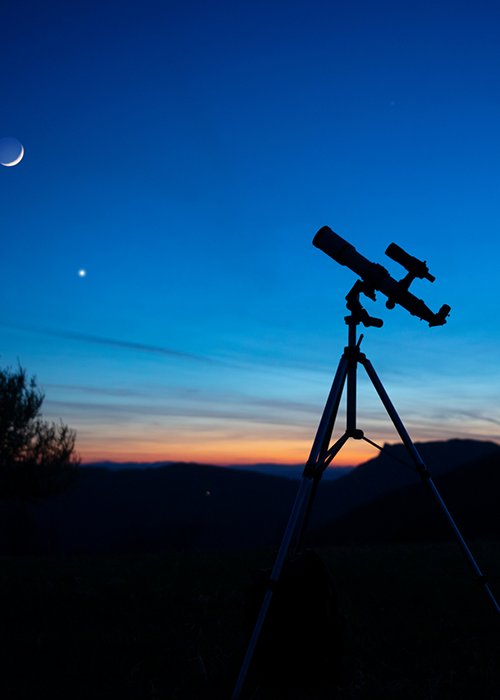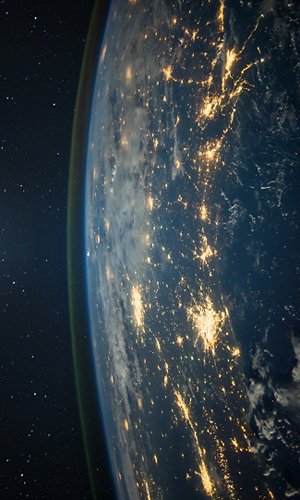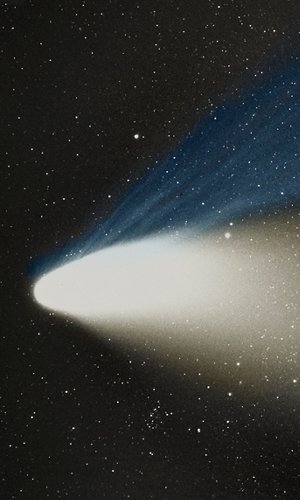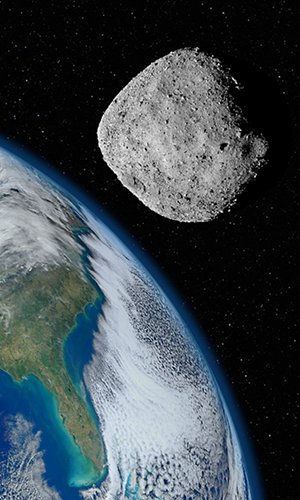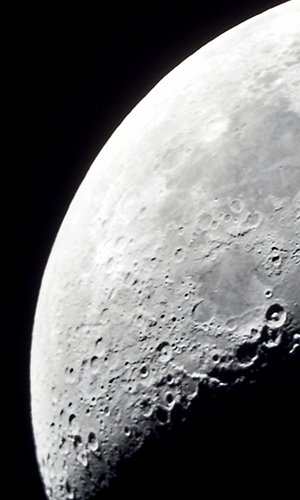Halley’s Comet is one of the most famous comets visible from Earth. It’s a periodic comet, passing close to our planet roughly every 76 years. The last time it was visible was in 1986, and it will be back in 2061. Named after astronomer Edmund Halley, who in the 17th century was the first to determine that several comet appearances were actually the same object orbiting the Sun, Halley’s Comet leaves behind debris that generates the Orionid and Eta Aquariids meteor showers. The Orionids occur annually from mid-October to early November, with a peak around the 21st-22nd of October. This phenomenon is due to the comet’s debris that Earth passes through along its orbit. The meteors seem to radiate from the constellation Orion, hence the name "Orionids." These meteors are fast and bright, often leaving long trails of light in the sky. The shower is eagerly anticipated by astronomy enthusiasts each year. It’s visible worldwide, with the best time to watch just before dawn when Orion appears later in the night. This year, the close proximity of Jupiter and Mars will make things even more exciting, although the Moon’s brightness might slightly interfere by generally making the night sky lighter. So, find a dark spot with an open horizon—if you’re by the sea, perfect; otherwise, a nice open field or a mountain clearing will do just as well. And get ready to make some wishes, as around 25-37 meteors per hour are expected to light up the sky!
